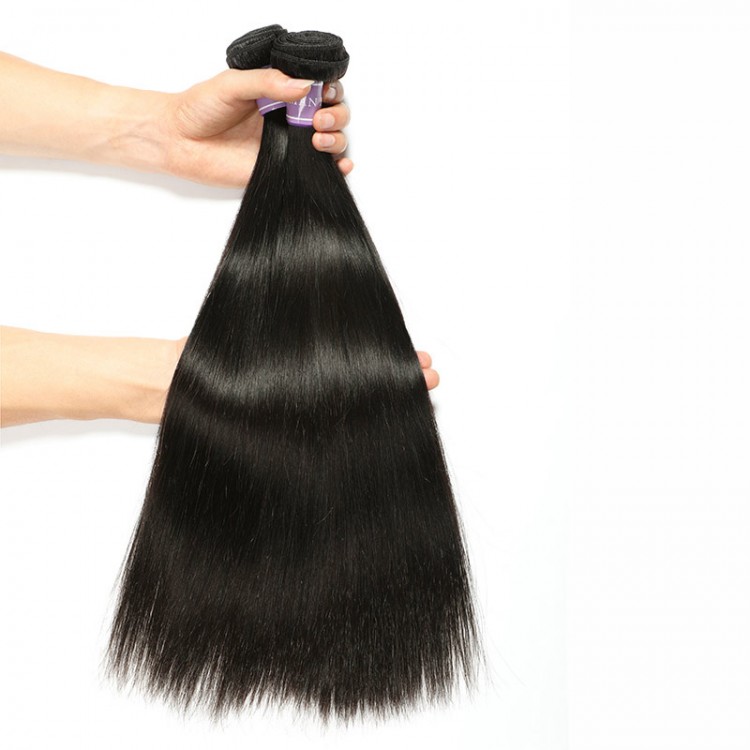- Human hair is made up of a protein called keratin, the same protein found in animal fur, feathers, nails, and hooves.
- Hair grows from follicles in the skin, and each follicle produces a single hair.
- The average person has around 100,000 hair follicles on their scalp.
- Hair grows at a rate of about 0.5 inches (1.25 cm) per month.
- The length of hair growth is determined by genetics, and can range from just a few inches to several feet long.
- Hair is naturally oily due to the sebaceous glands in the scalp, which produce sebum, a natural oil that lubricates the hair and skin.
- Hair is also naturally acidic, with a pH of around 4.5 to 5.5.
- Hair color is determined by the amount and type of pigment, or melanin, in the hair.
- There are two types of melanin: eumelanin, which is responsible for brown and black hair, and pheomelanin, which is responsible for red and blonde hair.
- Hair texture is determined by the shape of the hair follicle, which can be straight, wavy, or curly.
- Hair thickness is also determined by genetics, and can range from fine to coarse.
- Hair is also affected by hormones, which is why many people experience changes in hair texture and growth during puberty or pregnancy.
- Hair is one of the fastest growing tissues in the human body.
- On average, people shed between 50 to 100 hairs per day.
- The lifespan of a single hair can vary from a few months to several years.
- Hair can be damaged by heat, chemicals, and physical stress, such as brushing and pulling.
- Heat styling tools, such as curling irons and straighteners, can damage hair by drying it out and breaking the protein bonds.
- Chemical treatments, such as coloring and perming, can also damage hair by breaking down the protein bonds.
- Hair loss can be caused by a variety of factors, including genetics, hormones, stress, and medical conditions.
- Male pattern baldness is the most common type of hair loss, affecting around 50% of men over the age of 50.
- Women can also experience hair loss, which can be caused by hormonal changes, medical conditions, and certain medications.
- The hair on different parts of the body grows at different rates and has different textures.
- Hair on the head is longer and finer than hair on the rest of the body.
- The hair on the eyebrows and eyelashes is shorter and thicker than head hair.
- Hair on the arms and legs is shorter and finer than head hair, but thicker than the hair on the chest and back.
- Hair is a common source of forensic evidence, as it can contain DNA that can be used to identify individuals.
- Hair has been used for thousands of years to create wigs, hair extensions, and other hair accessories.
- Today, the hair care industry is a multi-billion dollar industry, with products ranging from shampoos and conditioners to styling tools and hair extensions.
In conclusion, human hair is a complex and fascinating part of our biology, and plays an important role in our identity and self-expression. Whether we choose to wear our hair long or short, curly or straight, natural or colored, it is a reflection of who we are and where we come from. By understanding more about the science and history of human hair, we can appreciate its beauty and diversity even more.



















Add Comment